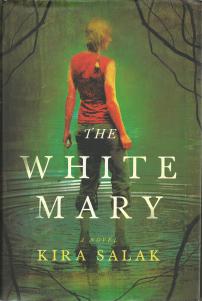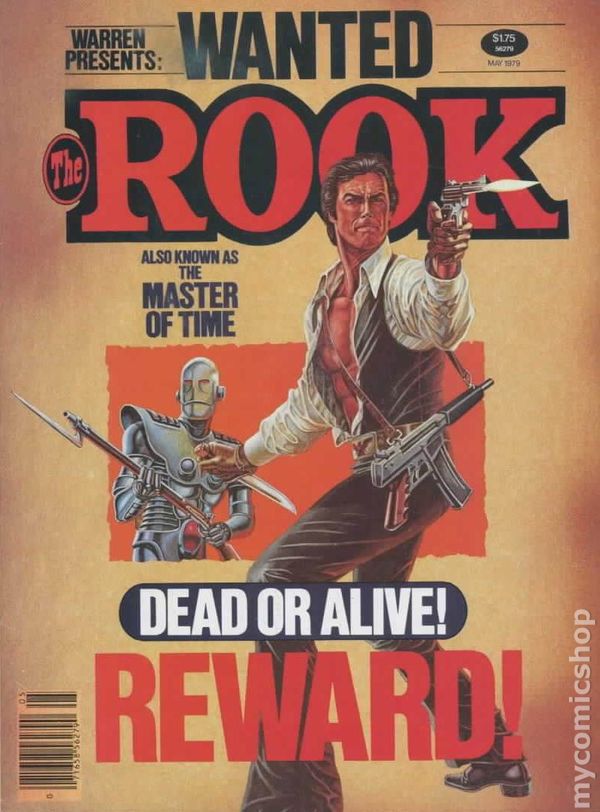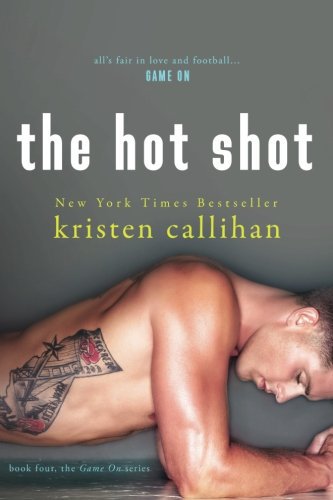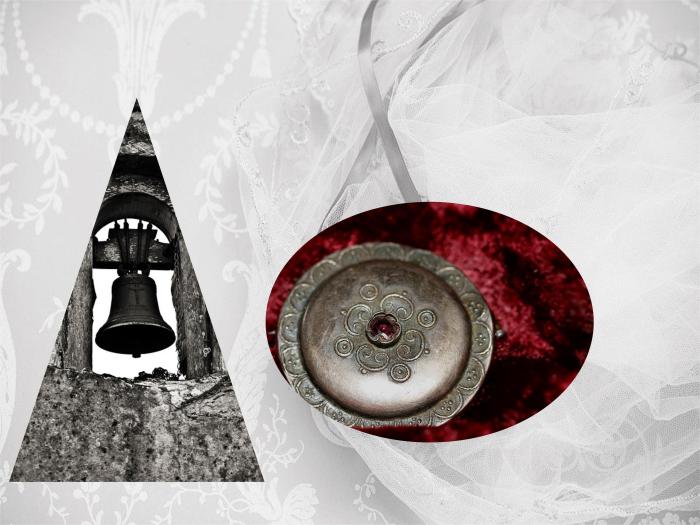The White Mary takes us deep into the breath-taking jungles and over the mountains of Papua New Guinea. It is a geography Kira Salak – who has won a PEN award for journalism – knows well and one that she’s written about as a journalist. Four Corners is a nonfiction account of a trip she made to PNG. The White Mary, however, is a fiction that draws on Salak’s adventures and demonstrates her writing skills.
On the surface, Marika – who is The White Mary – sets out to discover whether her hero, award-winning journalist Robert Lewis, is actually dead. On another level, she quests for herself.
Traumatized by on-the-job “risk-taking and near-death escapes” as a war-reporter, Marika’s personal life crumbles. During her freefall she becomes obsessed with Lewis and begins writing his biography. The idea that Lewis could have committed suicide repels her, and she begins tracing his steps. The journey she undertakes is harrowing and utterly believable.
We see the pictures in National Geographic of lost tribes and read about rumours that cannibalistic others exist deeper in insect-infested swampland not yet explored by adventurers and anthropologists. Salak takes us on one of these “interior” forays. She sketches scenes and evokes wonder and despair. Her characters exhibit empathy, repulsion, fear, kindness, and desperation – the whole range of humanness, including greed and destruction.
Years ago, I worked with a woman who taught English as a second language in Papua New Guinea. This was during the time after the eastern half of island became independent (of Australia), although remained part of the British Commonwealth. (The western half is controlled by Indonesia and known as Papua and West Papua.) My colleague was there prior to the 1988 uprising that killed 20,000 people. The island has a history of being a complex and troubled part of the world. So, I was primed to discover more about this island in Melanesia; I wasn’t disappointed.
Written in the tradition of jungle-adventure stories, The White Mary gives us a convincing human drama that unfolds in the harshest of environments – in canoes that leak, on foot across swamps where leeches and snakes are not the only dangers, where witchcraft abounds, and where supplies are few: “some fire-making implements, water-filled gourds, and walnut-sized betel nuts to chew.” In this place (within and without), Marika feels “…there’s too much pain. The pit is bottomless, vast. There’s just too much….[H]er screams won’t stop. Her cries clog her throat, and she chokes and wails.” Her tough exterior breaks. But this is not the end of the story. For that, you will need to visit your library or bookstore.

Available from your local bookstore and online: The White Mary
Share this:





